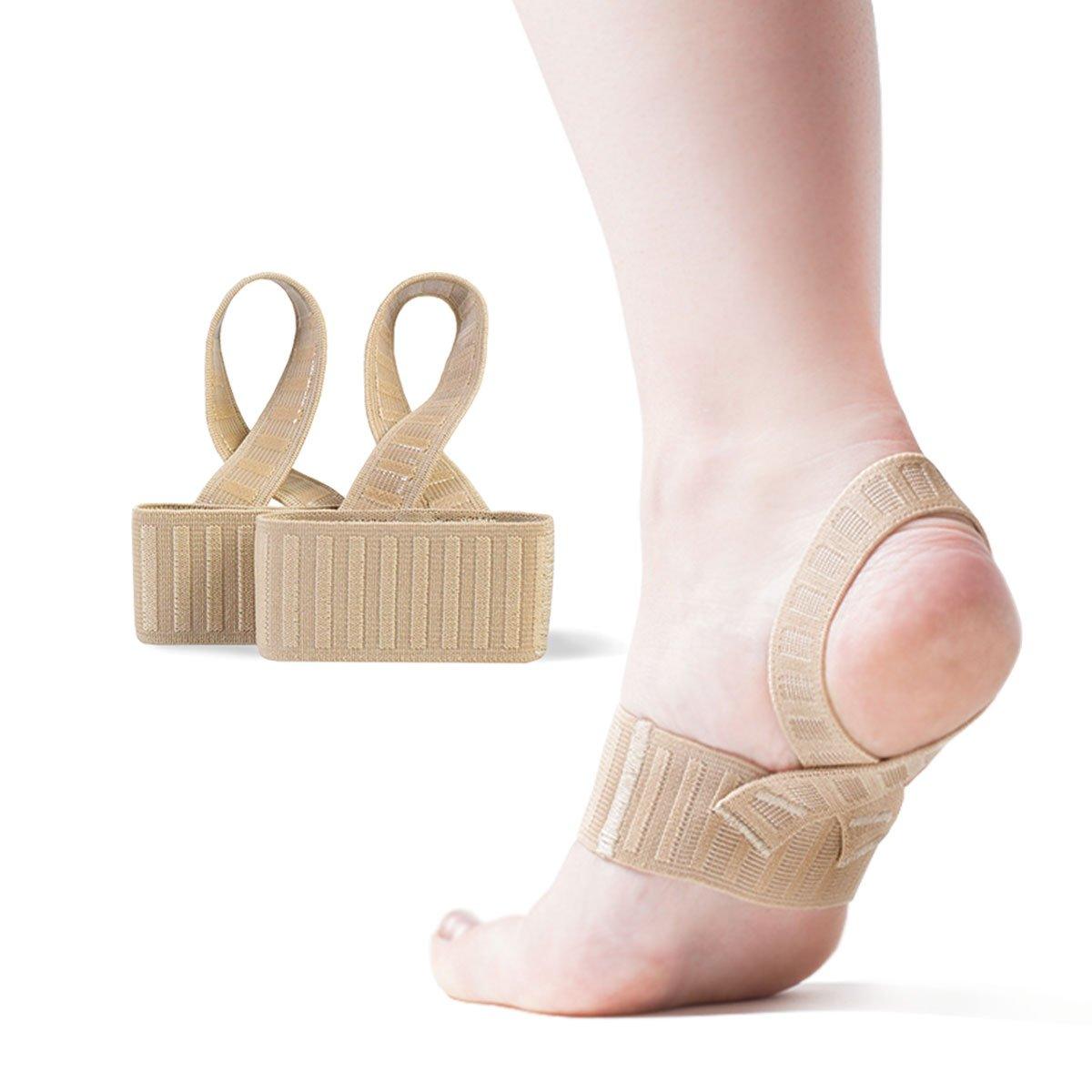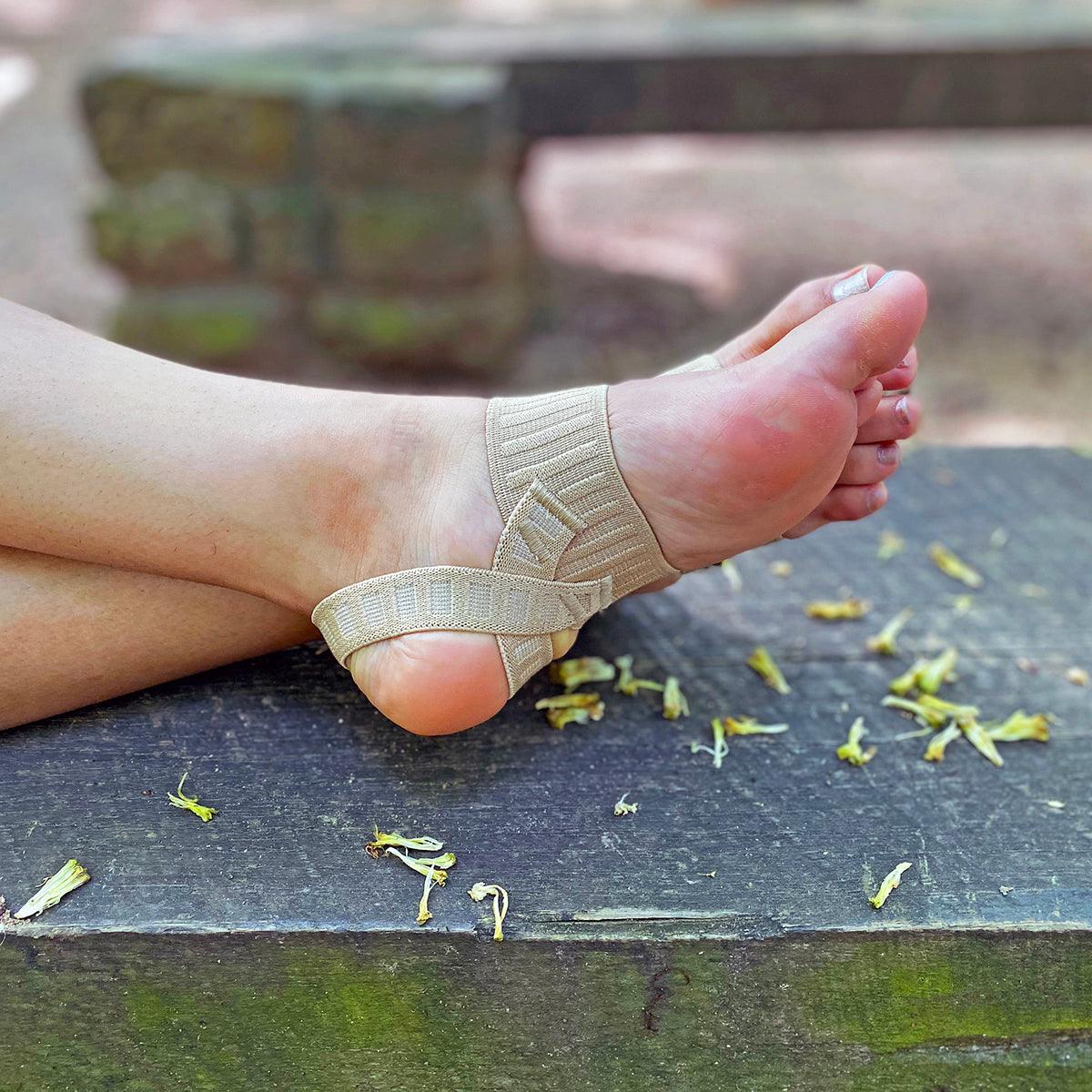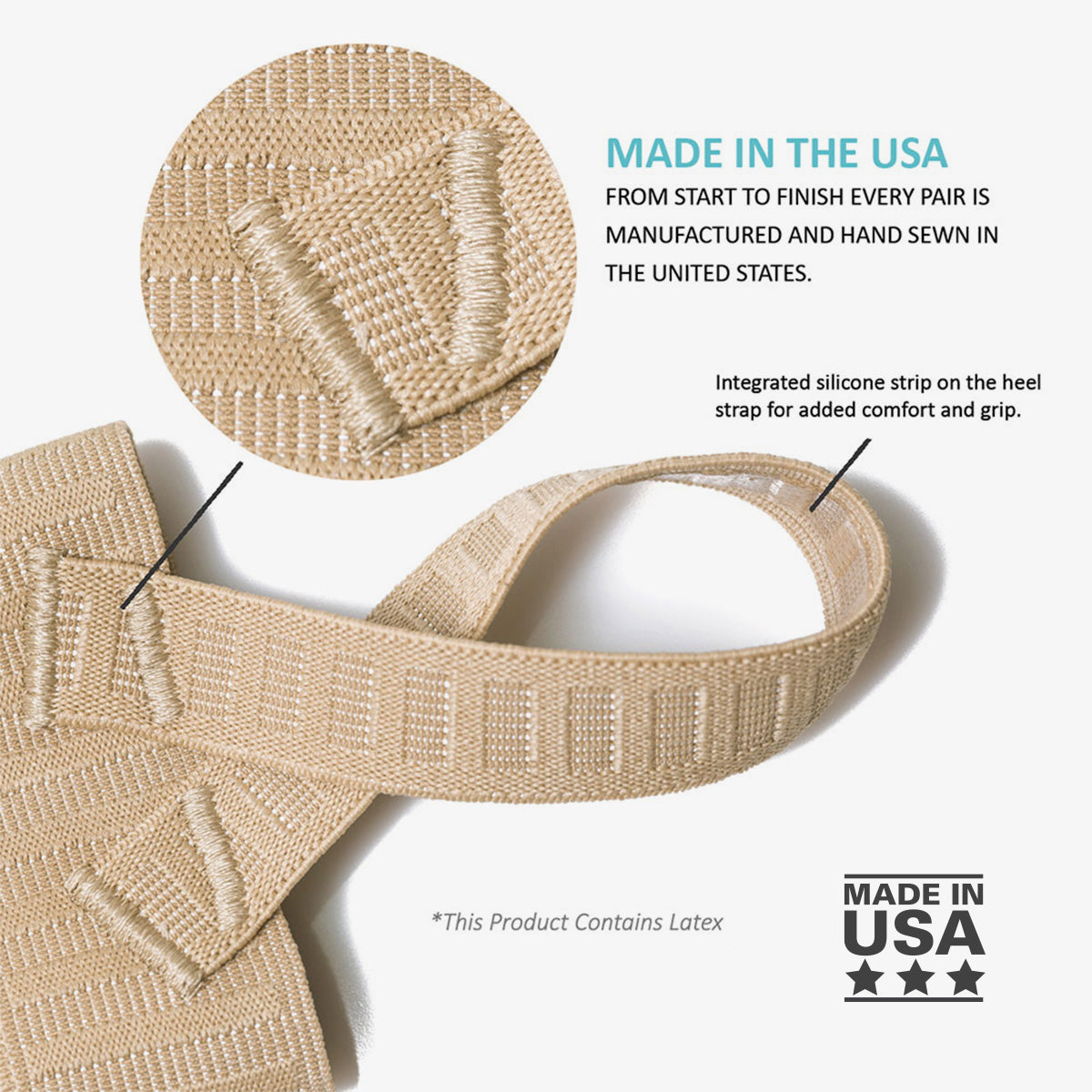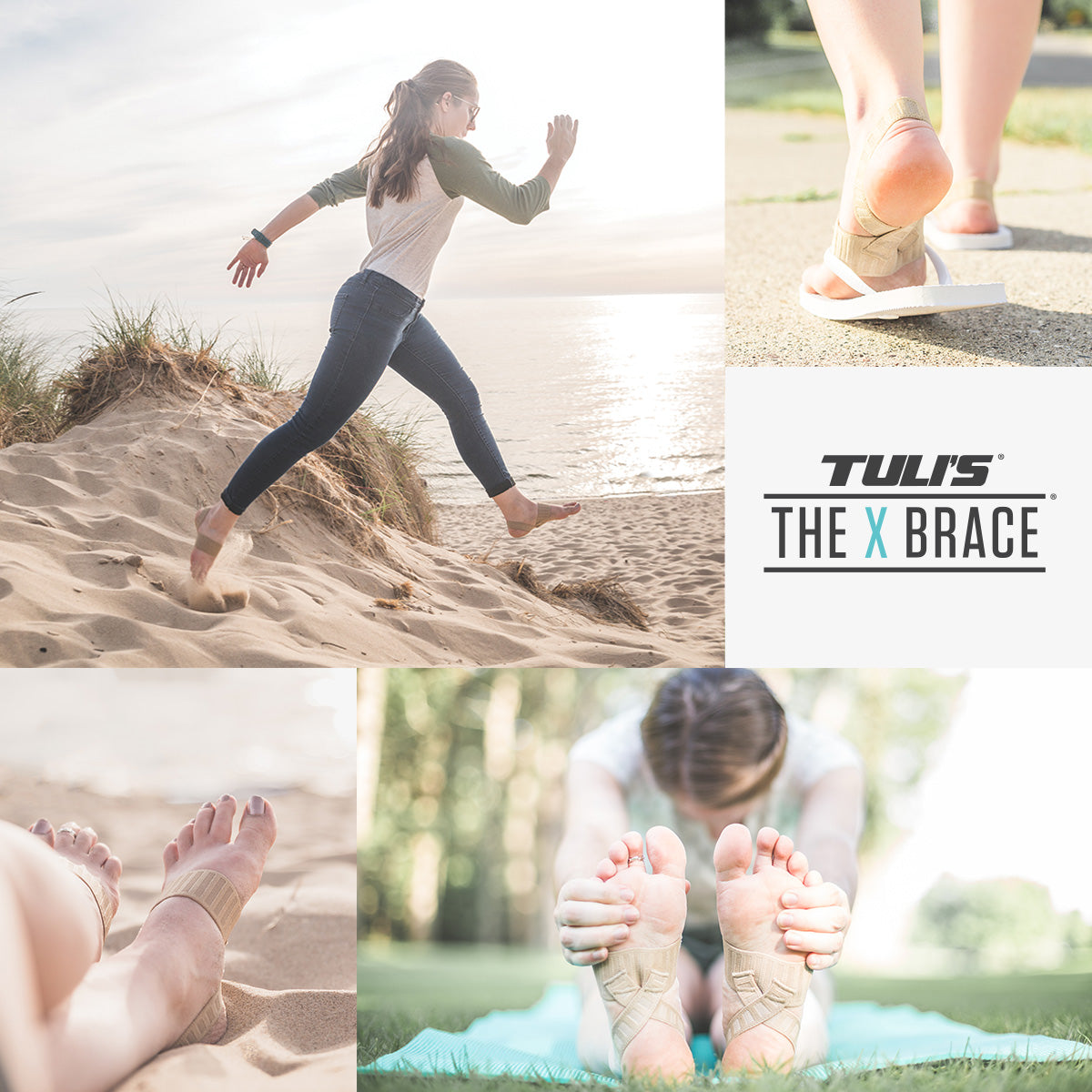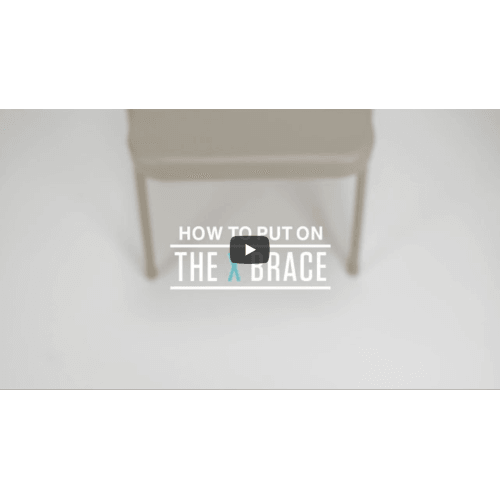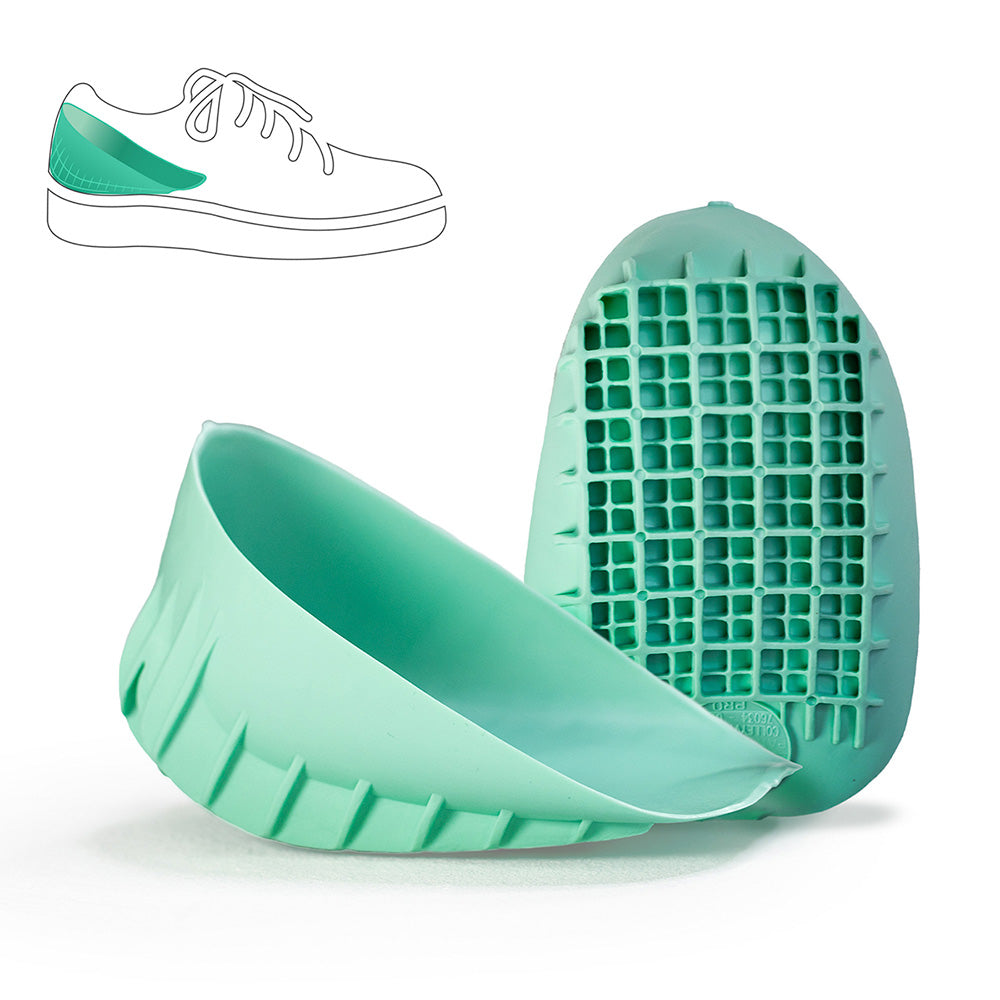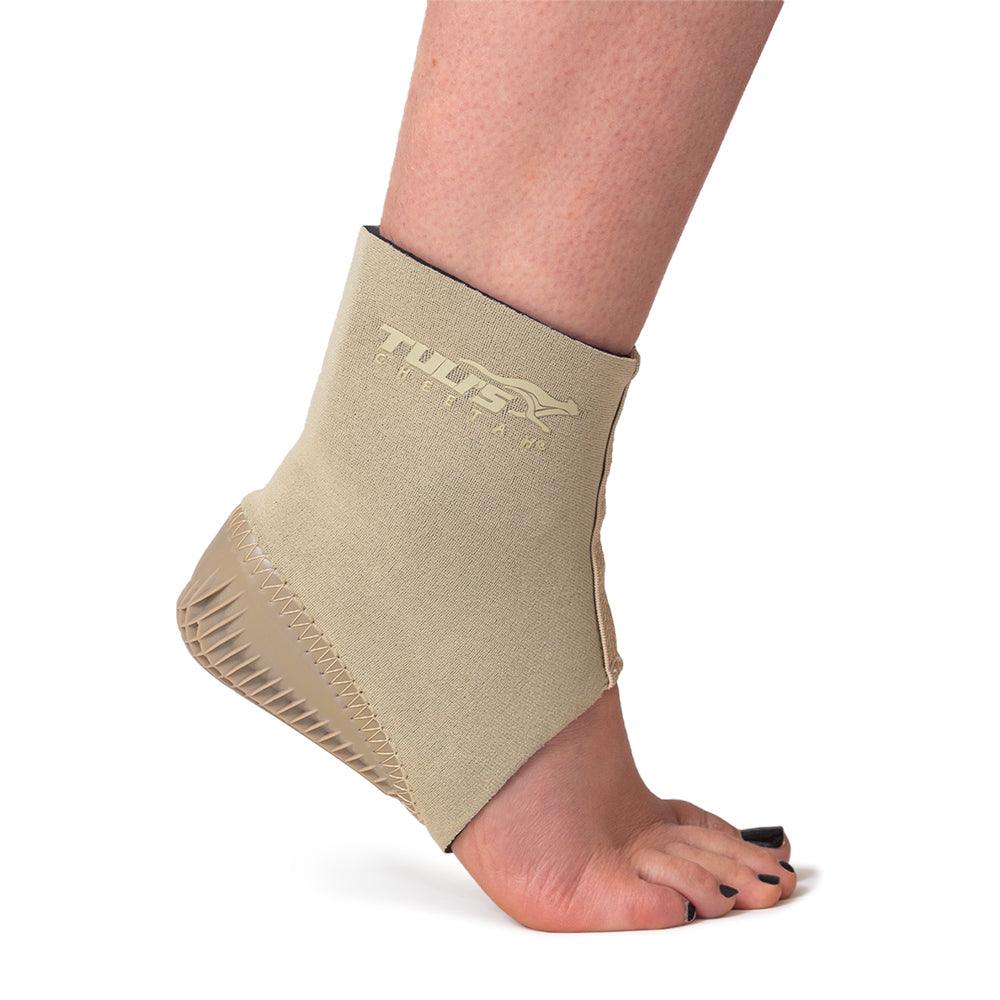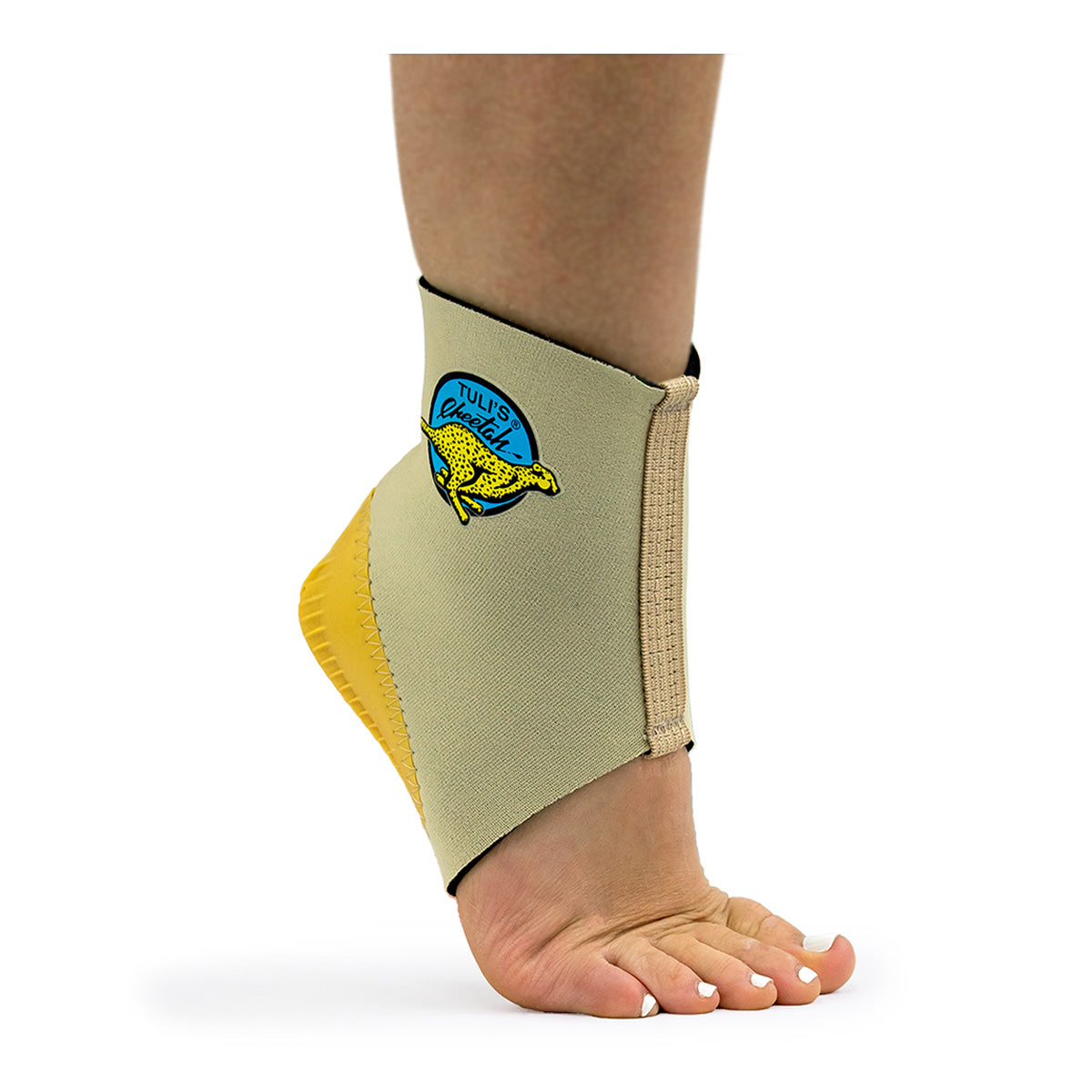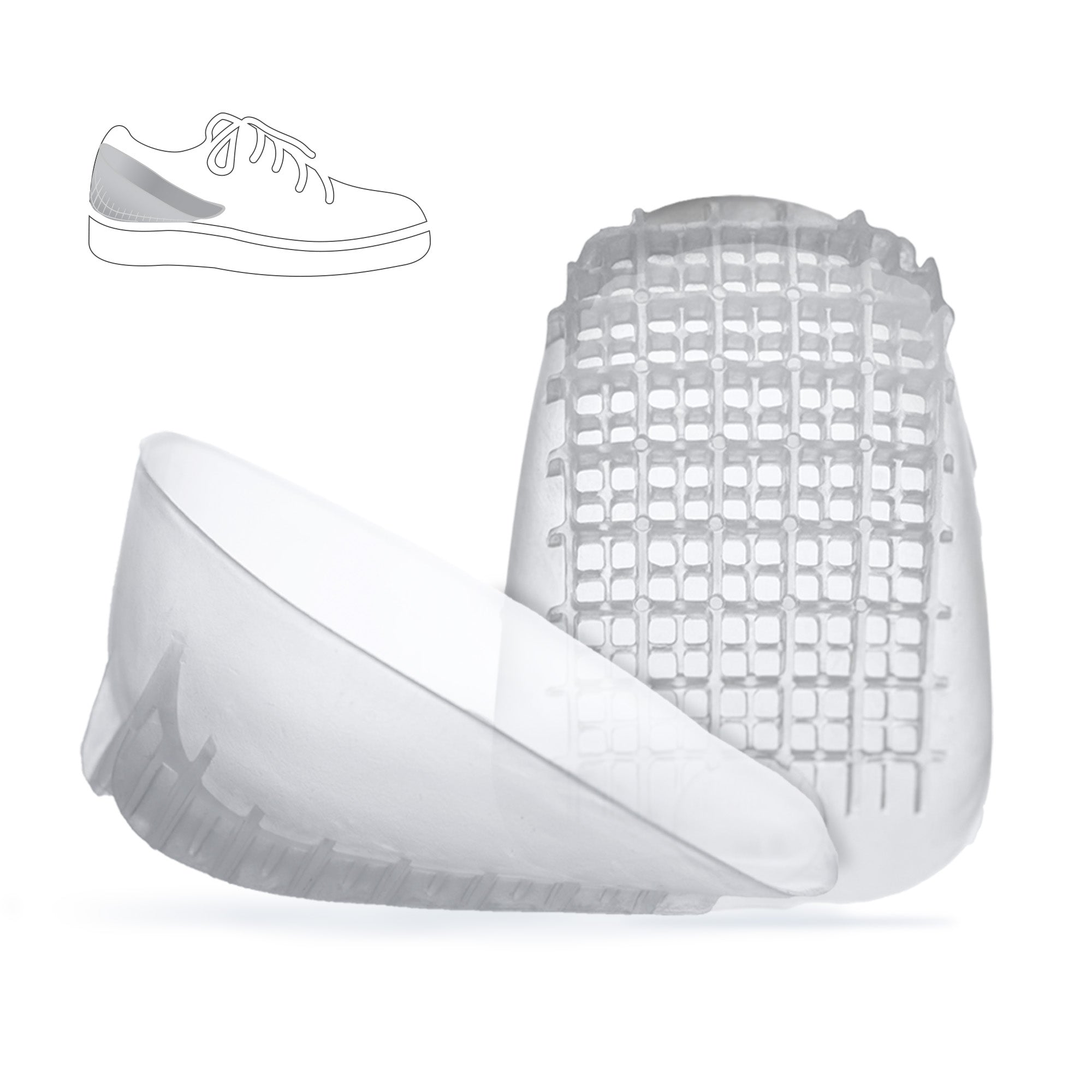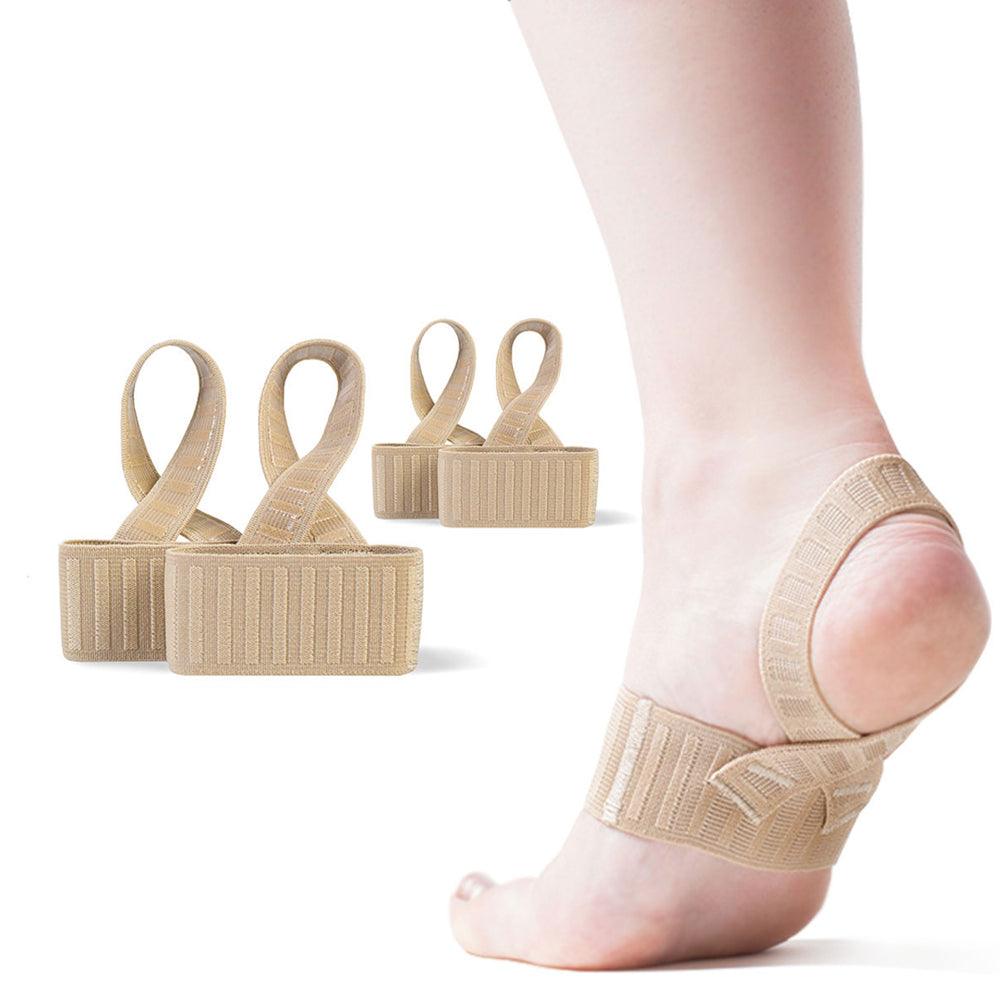As a parent, your top priority is the health and safety of your child.
This is why it can be so life-changing when a child is diagnosed with a condition like Sever’s disease. What is Sever’s disease, exactly? While it’s not a “disease” in the sense that you catch it from interacting with others, it can develop thanks to certain physical activities.
If your child has been diagnosed with this or has been complaining of symptoms that indicate they may have it, you’re probably wondering what you can do.
The first step is to learn more about the condition, and what makes it worse. Once you know that, you can move on to determining how to treat Sever’s disease in children with the best solutions on the market today.
Understanding Sever’s Disease in Kids: The What, Why, and How
Sever’s disease is an issue because it can cause severe foot pain and can lead to mobility issues.
To be specific, this condition causes a child to experience inflammation and soreness around their heel – specifically around the growth plate of their heel. Symptoms of the condition include:
- Swelling and Redness: It’s always good to give the child’s feet a visual inspection if you suspect they may have developed this condition.
- Stiffness When Waking Up: Take special note of how the child moves right after they wake up – if they have trouble walking, Sever’s disease could be the reason.
- Pain When the Heel is Squeezed: Especially if squeezed on both sides, a heel suffering from Sever’s disease will be very tender. This is a good way to check, but be sure to be gentle.
While many children suffer from this, parents often ask why? This condition isn’t random and is attributed to the rapidly changing physiology that children experience in their adolescent and early teen years.
Why Sever’s Disease in Kids is Such a Problem
This condition often affects children due to the way their bodies change. When the muscles and tendons in the legs don’t grow as fast as the bone structure immediately, the tendons stretch tight around the area.
This tension leads to a pull on the heel’s growth plate. Children who are athletic often experience worse pain. Everything from walking along a gymnastics balance beam to running down the court playing basketball can aggravate this condition. Even running track or sometimes simply walking is enough to make this pain flare-up.
How Some Factors Make Sever’s Disease Worse
If your child has other issues with their feet and legs that impact weight distribution or balance, these can exacerbate the condition. Common examples include flat or high arches, and having one leg longer than the other.
Children who are overweight, even due to an increase in appetite as they hit a growth spurt, are also putting additional strain on their heel and potentially worsening their condition.
How to Help Your Child Overcome Sever’s Disease
Now that you better understand what Sever’s Disease is, you’re probably wondering what is the best way to treat it.
The first thing to do is take the child to their doctor and see if there’s any specific medical advice you can get based on their current age, weight, and sports routine. Once you have input from your healthcare professional, the next action is to reassure your child that the pain is only temporary.
Over time, when the muscles and tendons grow along with the bone structure in the leg and foot, the tension will subside along with the inflammation on the growth plate and the pain is caused from it.
Helping Children Reduce the Pain of Sever’s Disease
While the condition itself will go away so long as it isn’t exacerbated to the point of further damage, children need an immediate solution for their pain.
Parents are usually skeptical about relying on pain medication, especially for pain that can be semi-chronic like this. If you’re looking for a more product-based than a substance-based solution, consider heel cups or stretching devices.
The former provides a cushion to reduce the impact on the heel, relieving tension. The latter helps to exercise out that initial soreness in the morning and gives the foot more strength throughout the day.
Using a Brace to Treat the Condition
Sports wraps are something that coaches and parents alike use when little ones have sports injuries. The Tuli’s X Brace functions like a wrap that slips on quicker, saving you time – meaning your child doesn’t have to wait for the relief to come.

This brace can be worn barefoot or with shoes and/or socks. This makes it a versatile option no matter what your child likes to wear. By providing a bit of compression and the support necessary for the contour of the foot, this brace can help alleviate pain from both Sever’s disease and conditions like Plantar Fasciitis.
Invest to Help Your Child Overcome Sever’s Disease
Your child depends on you to help them find solutions to life’s problems. Especially for a condition that can limit their mobility and keep them out of sports. Invest in the equipment proven to treat conditions like Sever’s disease.
If you’re looking to help your child be more active without succumbing to the pain Sever’s disease can cause, invest in products like The X Brace today.
Contact your doctor for proper diagnosis and treatment.
Try Tuli's X Brace
Specifically designed to help keep your plantar fascia ligament from flexing, The X Brace is made to give you the support where you need it the most. If you experience severe pain or persistent limited mobility, please seek professional medical attention.
OTHER RELATED TOPICS:
THE X BRACE WAS MY ANSWER FOR PAINFUL, BURNING FEET!
PLANTAR FASCIITIS, A REASON TO WORRY?
REDUCING THE PAIN OF SEVER’S DISEASE AND PLANTAR FASCIITIS
HOW TO CARE FOR YOUR TULI'S X BRACE
5 REASONS WHY YOU SHOULD STRETCH IN THE MORNING
PLEASE NOTE: The information on this website and article is for information only and should not be used as a substitute for consulting your doctor. Consult your doctor for proper diagnosis and rehabilitation.








